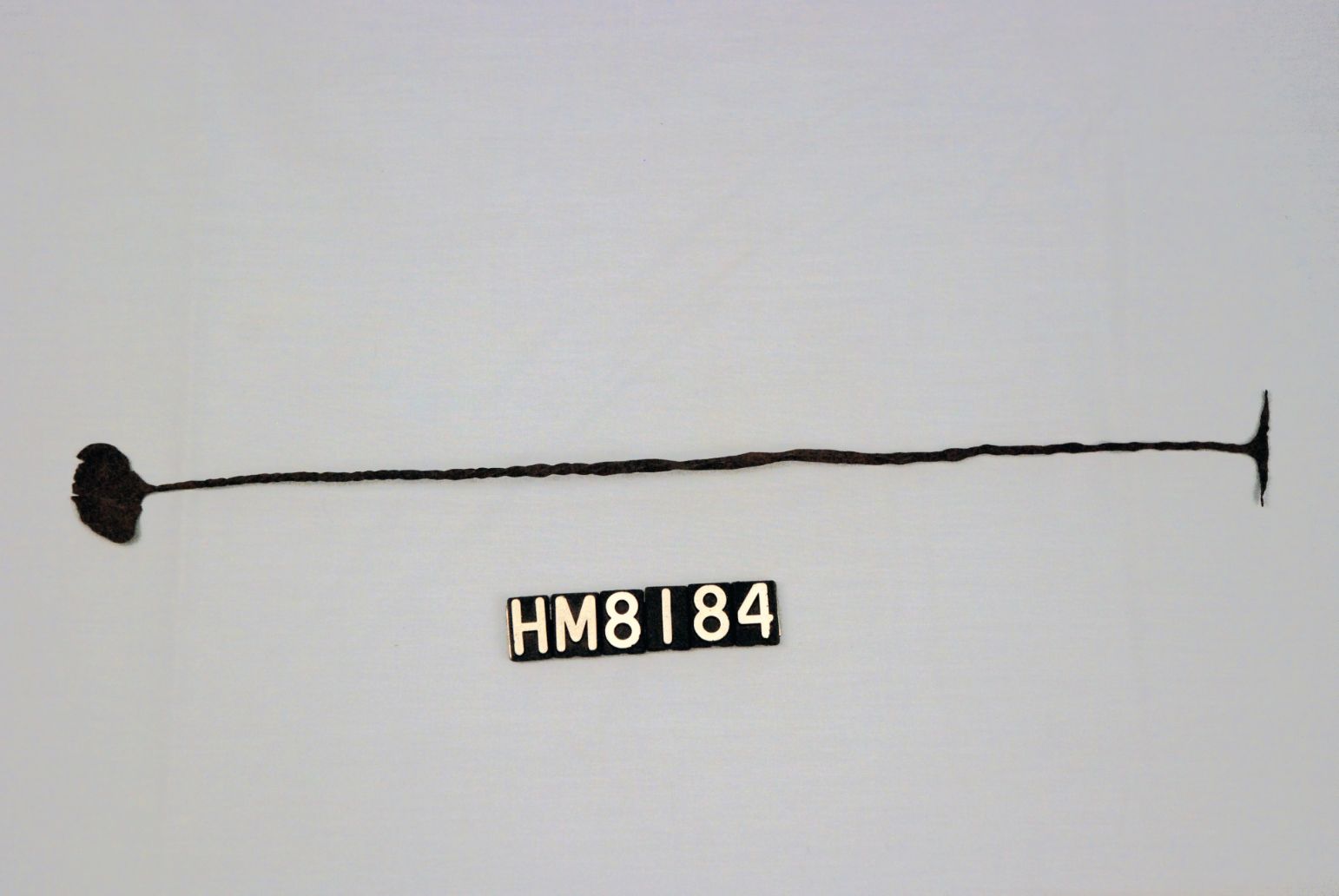Hudson Museum Scavenger Hunt: Kissi Money

Where did it come from?
The iron money on display originated in Liberia or Sierra Leone and was widely used in West Africa as currency.
Money with a soul
Kissi money, or Kissi pennies, were made out of iron bands twisted together. For years it was a common currency, especially in the West Africa, used just as commonly as French, American, and British currencies
Kissi money is believed to have a soul. When the bands of iron broke, they would be taken to a special blacksmith known as a Zoe, who would join the pieces back together, and in doing so reincarnate the “soul” of the money.
Where did it go?
The colonization of Africa by European nations is the main reason why Kissi money is no longer used. It was initially replaced by French currency in their African colonies, and soon after followed by the British money systems. It’s use ended with a legal ban by the Firestone Company, an American based business and the industrialization of West Africa by American companies.
The Liberian dollar has been the official currency of the Republic of Liberia since 1943.
To find the next code:
Turn left from the Kissi money and move towards the statue in front of the window. You can scan the QR code when you find it, or click here to continue.
